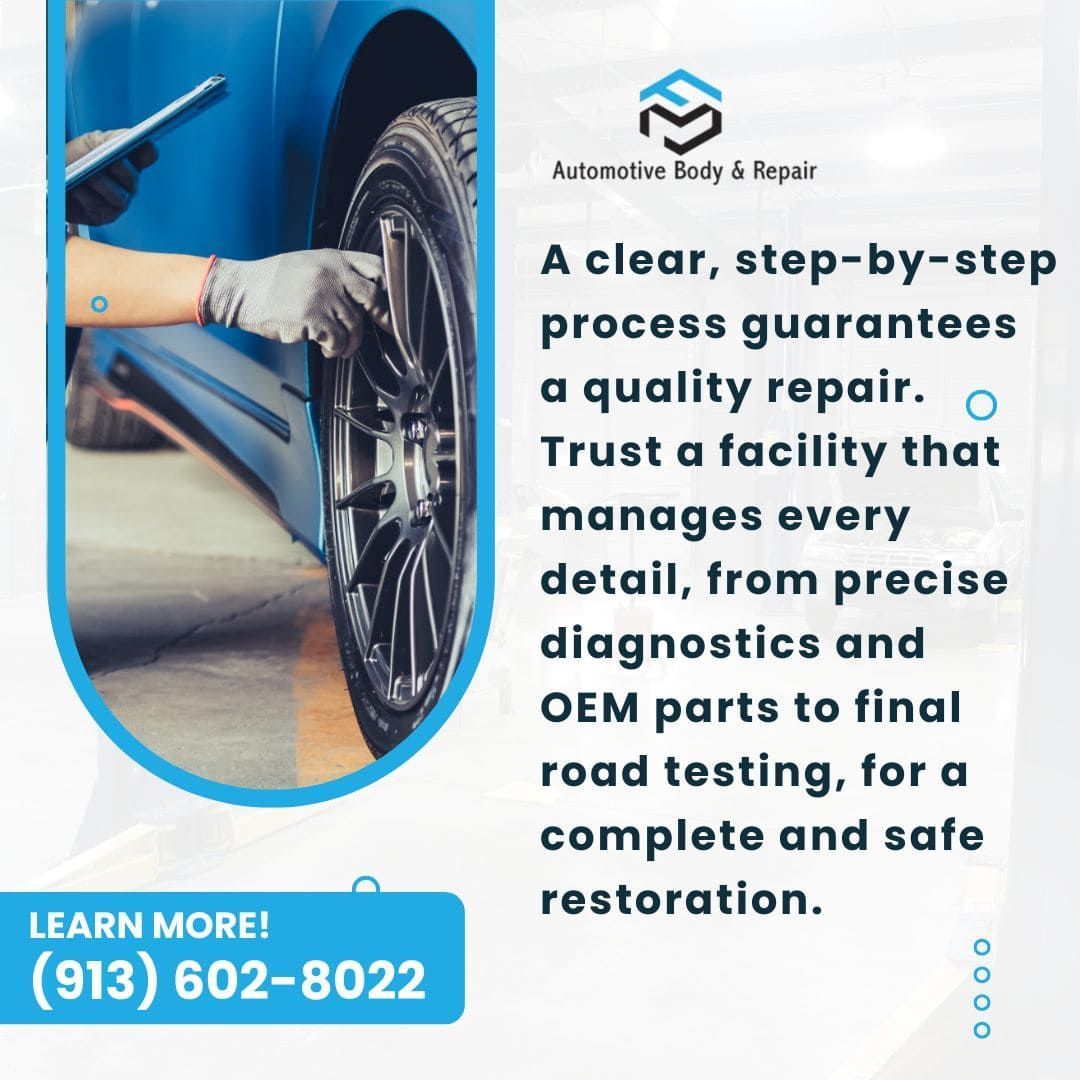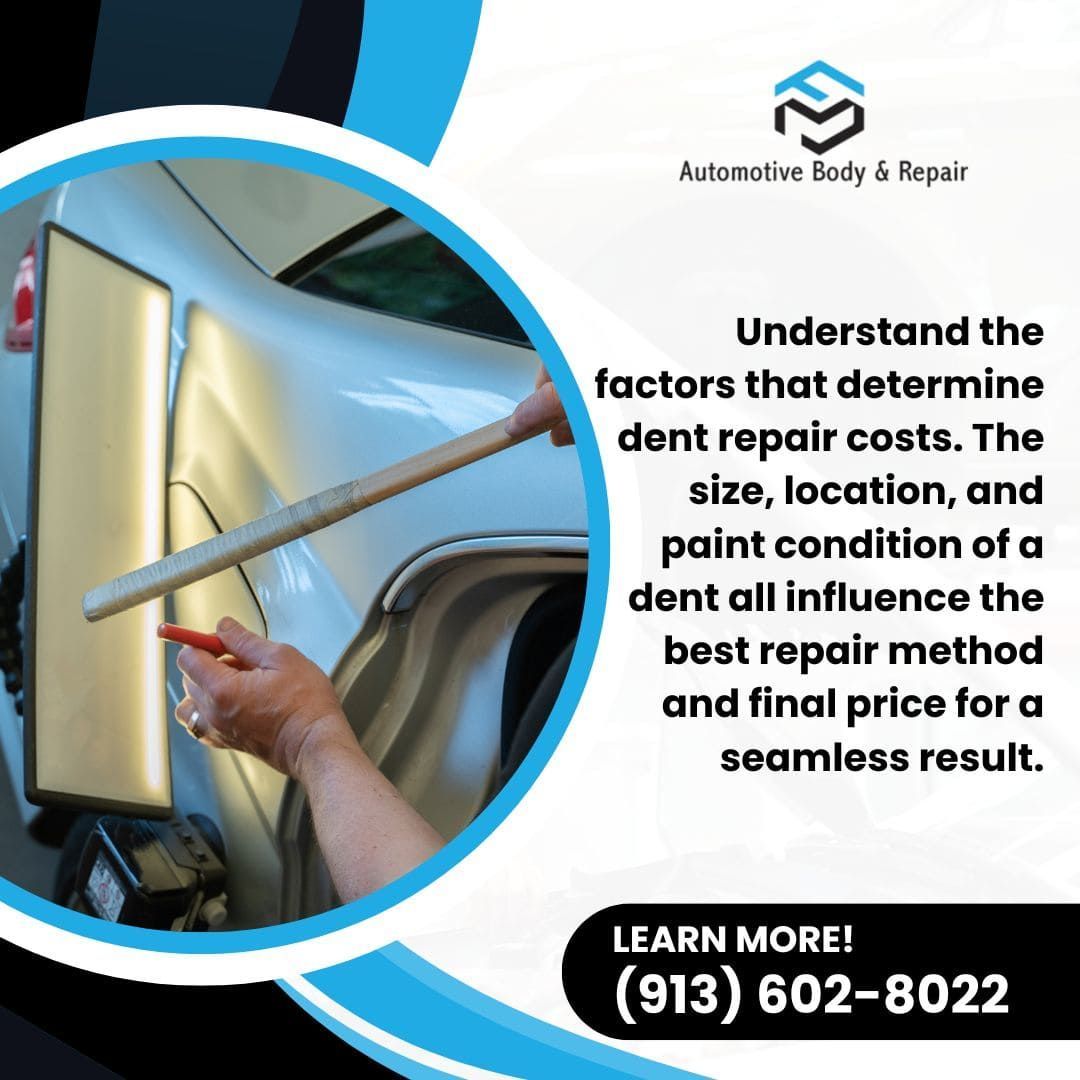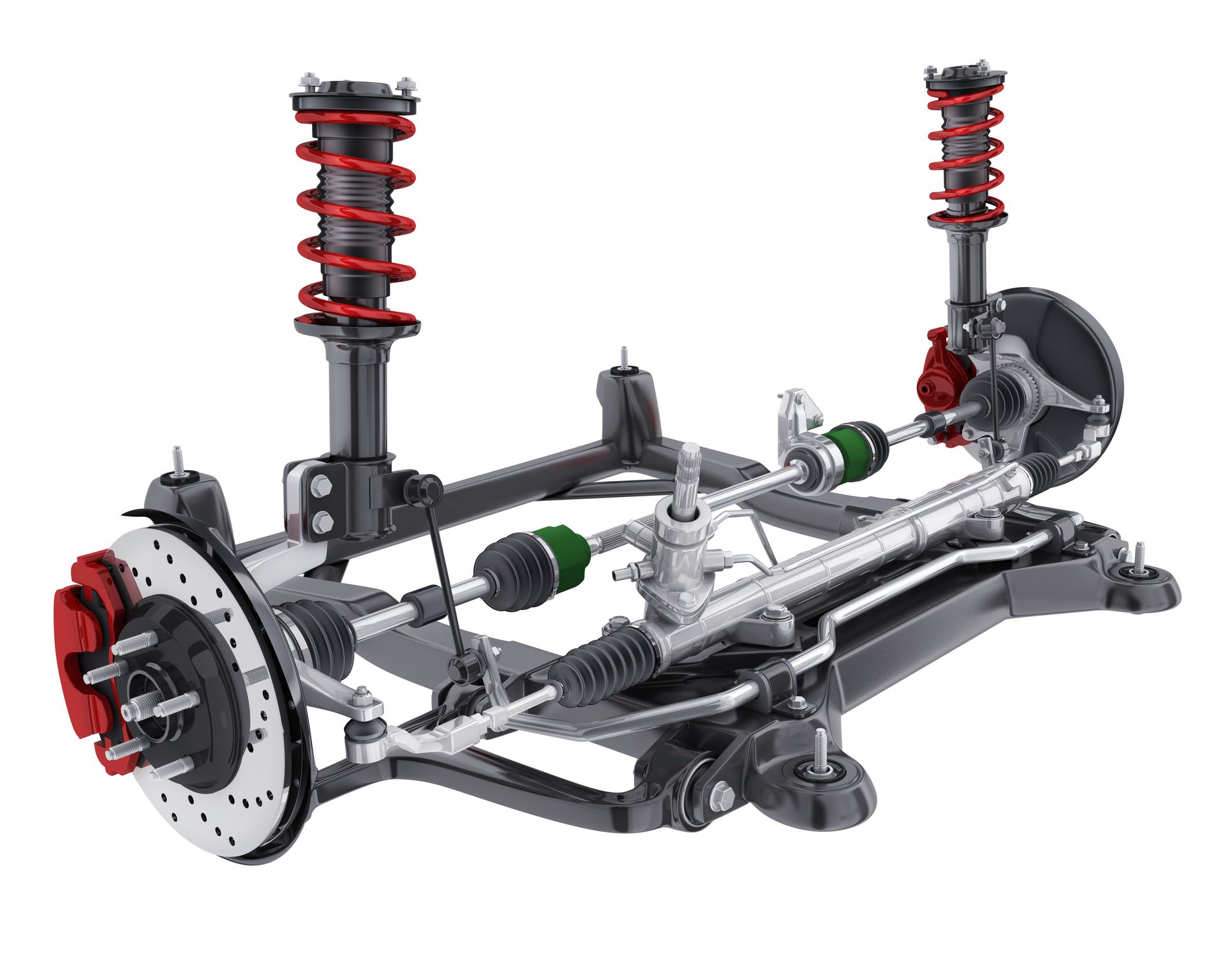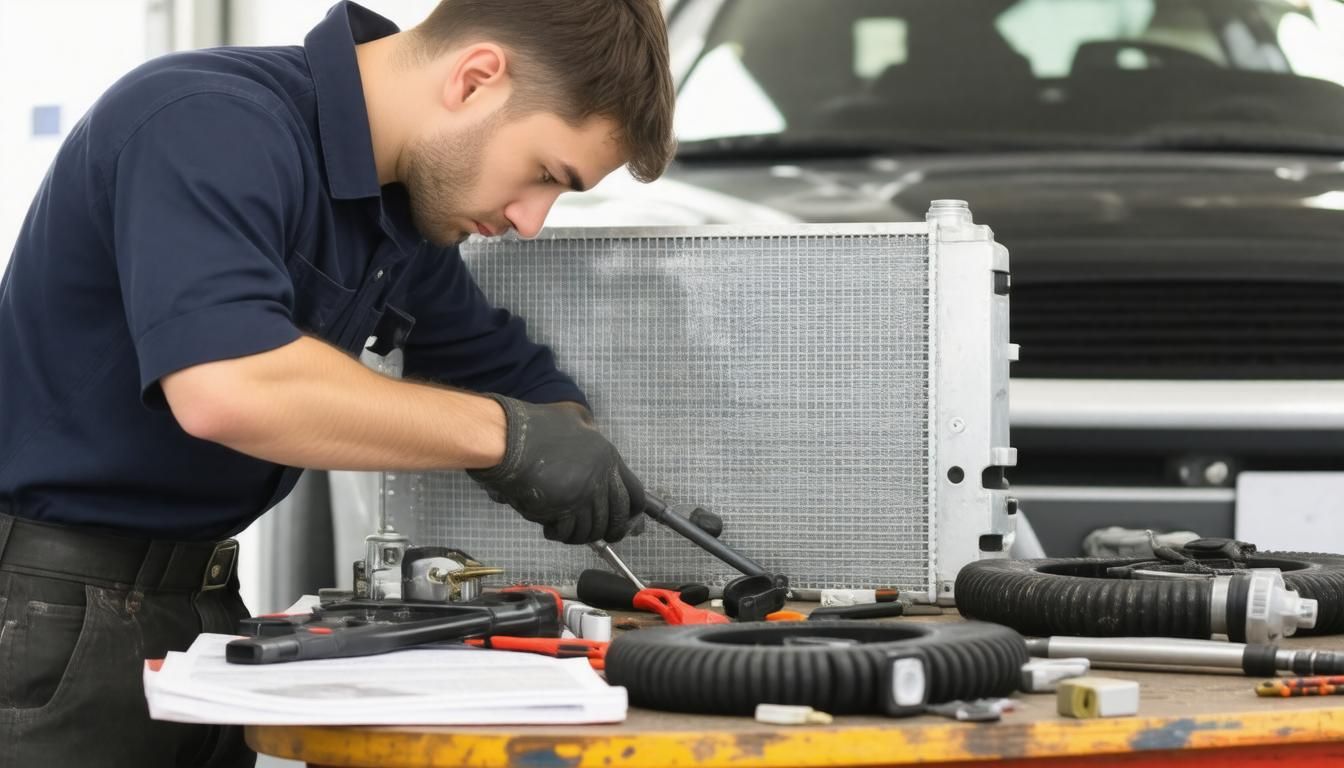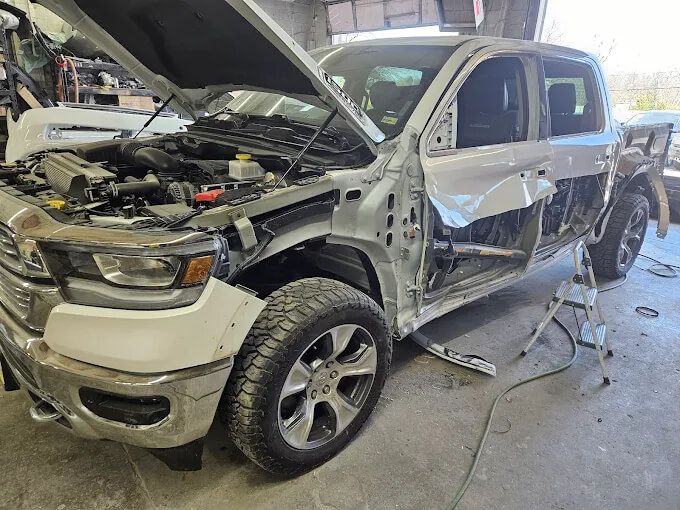Your vehicle's transmission transfers power from the engine to the wheels, ensuring smooth acceleration and efficient operation. Like any mechanical system, transmissions can encounter problems over time, affecting performance and reliability.
Identifying Transmission Problems
The first step in troubleshooting transmission issues is recognizing the signs of trouble. Common symptoms include strange noises, such as grinding or whining, difficulty shifting gears, slipping gears, and leaking fluid. Paying attention to these warning signs can help you address problems early and prevent further damage to your transmission.
Diagnosing the Root Cause
Once you've identified potential transmission problems, the next step is diagnosing the underlying cause. Issues like low transmission fluid levels, worn-out clutch components, or faulty solenoids can all contribute to transmission malfunctions. Diagnosing the root cause requires careful inspection and testing by a qualified technician using specialized tools and equipment.
Common Transmission Problems and Solutions
Now, let's explore some of the most common transmission problems drivers encounter and the corresponding solutions:
Low Transmission Fluid
Insufficient fluid levels can lead to poor lubrication and overheating, which can cause premature wear and damage to transmission components.
Solution: Check transmission fluid levels regularly and top up as needed to ensure proper lubrication and cooling.
Worn Clutch Components
A worn-out clutch can result in slipping gears or difficulty shifting, leading to poor acceleration and performance.
Solution: Replace worn clutch components, such as the clutch disc, pressure plate, and release bearing, to restore proper function.
Faulty Solenoids
Transmission solenoids control fluid flow within the transmission and can malfunction over time, leading to shifting issues or erratic behavior.
Solution: Replace faulty solenoids to restore proper transmission function and shifting performance.
Preventative Maintenance Tips
To avoid transmission problems and prolong the lifespan of your vehicle's transmission, follow these preventative
maintenance tips:
Regular Fluid Checks
Check transmission fluid levels regularly and top up as needed according to manufacturer recommendations.
Scheduled Inspections
Schedule regular transmission inspections and maintenance checks with a qualified technician to catch potential problems early.
Fluid Flushes
Periodically flush and replace transmission fluid to remove contaminants and ensure proper lubrication and cooling.
When to Seek Professional Help
Most transmission problems can't be addressed with DIY solutions and require the expertise of a professional technician. If you encounter persistent transmission issues or are unsure about diagnosing and repairing them, it's best to seek help from a reputable auto repair shop.
FAQ
Can I drive with a slipping transmission?
Driving with a slipping transmission can damage your vehicle and compromise safety. Address the issue promptly and seek professional help.
How often should I check my transmission fluid?
Check transmission fluid levels monthly and top up as needed. Have it flushed and replaced per manufacturer recommendations.
Are transmission problems expensive to repair?
Transmission repair costs vary based on the issue's severity. Address problems early to prevent costly repairs.
Ready to tackle your transmission troubles head-on? Visit
F & M Automotive Body & Repair today, and let our expert technicians get your vehicle back on the road.
